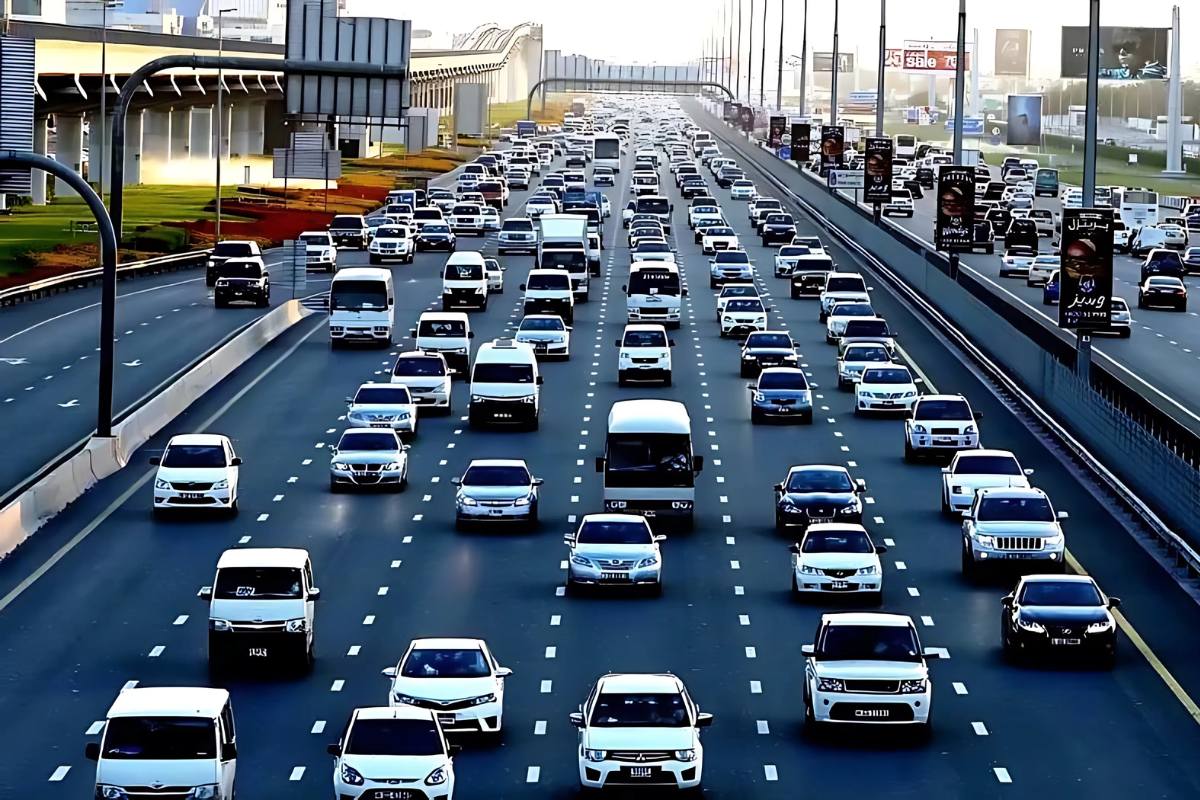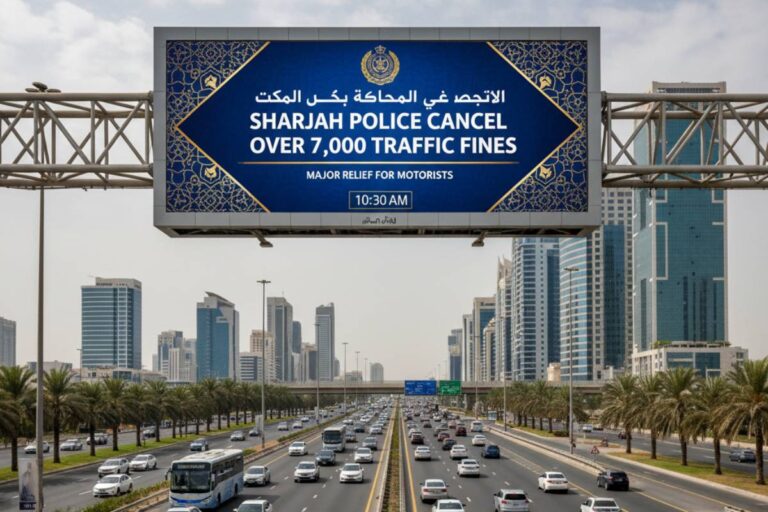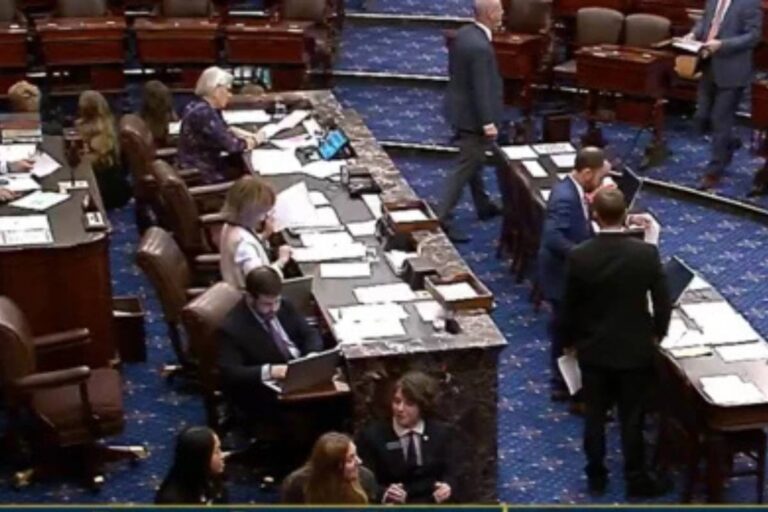Tailgating is among the most hazardous motoring habits on the road, raising the specter of unintended collisions and multivehicle crashes. Yet, in spite of repeated publicity, numerous motorists still tailgate, with small space to move if the preceding vehicle slows down or brakes without warning. Dubai Police are responding to this trend by emphasizing proper distance and adopting high-tech AI-based radars to identify violators and charge them fines
Recently, Dubai Police reminded drivers of the crucial importance of maintaining a safe distance between cars on the road. The authority emphasized that maintaining a larger distance between cars not only makes the roads safer but also minimizes the chances of accidents. Failure to comply with this rule will incur a Dh400 traffic fine.
“Following a safe distance is key to your safety while driving. It allows you to stop safely when needed, and that adds to the safety of all road users,” Dubai Police said through their official X account.
What is tailgating?
Tailgating is when a driver gets too close to another vehicle, leaving no space to stop in case the car ahead suddenly brakes or slows down. Tailgating is a dangerous driving habit that can subject the leading driver to unnecessary stress and make them more likely to perform sudden or erratic movements like hard braking, swerving, or trying to shift lanes in confined areas
Such behavior can cause chain-reaction crashes, especially on highways, where reaction time is low. Tailgating also increases tension among drivers, causing distractions and unsafe lane changes, further increasing the likelihood of a severe crash.
How to avoid tailgating
To ensure road safety and prevent rear-end collisions, motorists must maintain an adequate gap between their vehicle and the one ahead. This allows sufficient reaction time to respond to sudden speed reductions, lane changes, or any unforeseen road hazards.
Dubai’s Roads and Transport Authority (RTA) Vehicle Handbook recommends using the ‘two-second rule’ as a guideline for maintaining a safe following distance:
- Choose a stationary reference point in front, like a signpost, a tree, or a road marker.
- After the car in front of you crosses that point, start timing in seconds.
- If your car covers the same space in less than two seconds, you are driving too close and should move back.
In adverse weather conditions, rain, fog, or at faster speeds, drivers must open this gap up to at least three to four seconds to make up for reduced visibility and increased stopping distances.
How lane discipline violations are tracked
Dubai Police employs state-of-the-art artificial intelligence (AI)-based radar systems to capture and penalize traffic offenses, strictly enforcing road safety rules. Dubai Police deploys these advanced radars on principal roads and highways to detect the following traffic offenses:
- Driving on the hard shoulder, which is designated for emergency vehicles
- Crossing solid lines, which is strictly not allowed for overtaking or turning
- Sudden and unsafe lane swerving
- Tailgating, or driving very close to another vehicle behind it
The AI system constantly monitors driving habits, identifying careless or reckless driving and imposing fines accordingly.






















